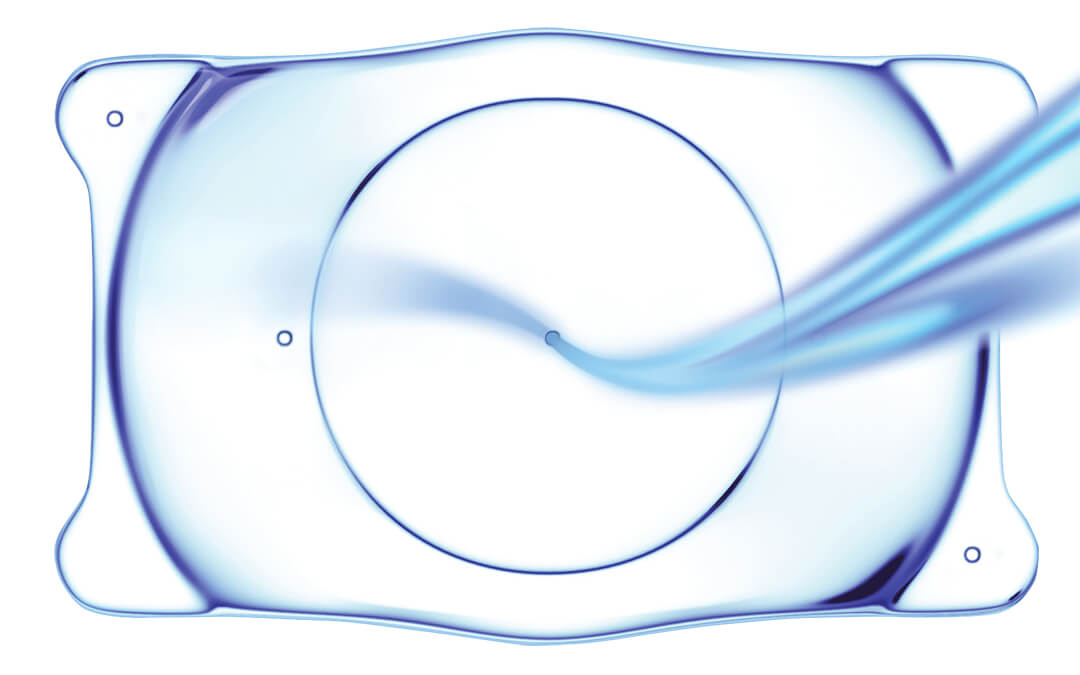Phakic intraocular lenses (IOLs) are generally safe and effective, but as with any surgical procedure, there are potential complications that can occur. Here are some of the possible complications associated with phakic IOL implantation:
Infection: In rare cases, an infection can develop in the eye after surgery, which can lead to inflammation and potential vision loss. If an infection occurs, prompt treatment with antibiotics is essential.
Endothelial cell damage: The implantation process or the presence of a phakic IOL can cause damage to the corneal endothelial cells, which are responsible for maintaining corneal clarity. If a significant number of endothelial cells are lost, it can lead to corneal edema and reduced visual acuity.
Cataract formation: It is a very rare complication. Phakic IOLs do not prevent the natural aging process of the eye and over time some patients may develop cataracts. Cataracts cause the eye’s natural lens to become cloudy, which may require additional surgery to remove the cataract and potentially replace the phakic IOL.
Glaucoma: In some cases, phakic IOL implantation may increase the risk of developing glaucoma, a condition characterized by increased intraocular pressure that can damage the optic nerve. Regular monitoring of intraocular pressure is essential after surgery.
Glare or halos: Some patients may experience persistent glare, halos or other visual disturbances, especially in low light conditions. These symptoms can be uncomfortable but are usually mild and tend to improve over time.
Infection: Inflammation of the eye can occur after phakic IOL implantation and requires the use of anti-inflammatory medications to control it. Most cases of inflammation resolve with appropriate treatment.
It is very important for patients considering phakic IOL implantation to discuss these potential complications and individual risk factors with an ophthalmologist or refractive surgeon. They can provide a comprehensive assessment of the benefits and risks and help determine the most appropriate vision correction option for each patient.

